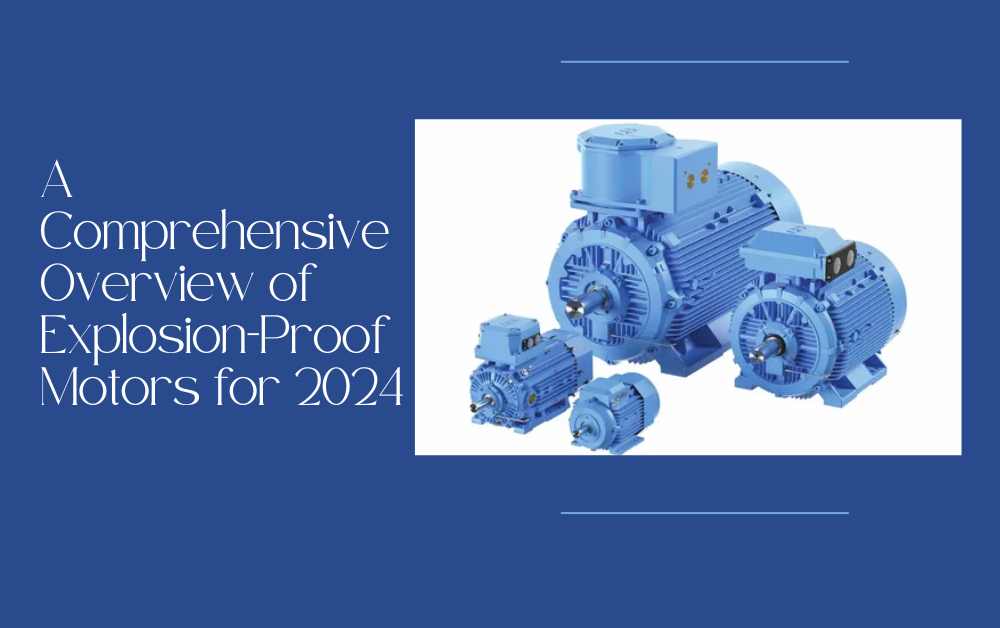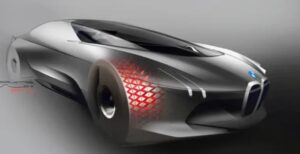
In the world of industrial machinery and hazardous environments, safety is paramount. One critical component that ensures safety in such settings is the explosion-proof motor. These specialized motors are designed to operate in environments where the risk of explosion due to flammable gases, vapors, or dust is present. In this comprehensive guide, we will delve into the workings, applications, and considerations of explosion-proof motors in 2024.
What are Explosion-Proof Motors?
Explosion-proof motors are specially engineered to prevent the ignition of hazardous gases or dust particles present in the surrounding atmosphere. Unlike standard motors, explosion-proof motors are constructed with robust enclosures and components that can withstand and contain any internal explosion, preventing it from igniting the surrounding atmosphere.
Types of Explosion-Proof Motors:
- Explosion-Proof Enclosure Motors:
- These motors feature a robust enclosure that can withstand and contain explosions within the motor itself.
- The enclosure is designed to prevent the passage of flames and hot gases to the surrounding atmosphere.
- Explosion-Proof Pressurized Motors:
- These motors are filled with a non-explosive gas or liquid, creating an internal pressure higher than the external atmosphere.
- In the event of an internal explosion, the pressurized gas or liquid prevents the ingress of flammable substances, minimizing the risk of ignition.
- Explosion-Proof Increased Safety Motors:
- These motors are designed with enhanced safety features, such as increased spacing between components and additional insulation.
- While not fully explosion-proof, they are deemed safe for use in hazardous environments with certain precautions.
Applications of Explosion-Proof Motors:
Explosion-proof motors find applications across a wide range of industries where flammable gases, vapors, or dust are present. Some common applications include:
- Oil and Gas Industry:
- In refineries, drilling rigs, and petrochemical plants where flammable gases and vapors are abundant, explosion-proof motors are essential for powering pumps, compressors, and other equipment.
- Chemical Processing:
- Chemical manufacturing facilities often handle volatile substances that pose explosion risks. Explosion-proof motors are employed to drive mixers, agitators, and conveyors safely.
- Mining Operations:
- Mines are inherently dusty environments with the potential for methane or coal dust explosions. Explosion-proof motors power equipment such as fans, crushers, and conveyor belts in these settings.
- Food and Beverage Industry:
- Areas where grain dust, flour, or sugar particles are present can be at risk of dust explosions. Explosion-proof motors drive machinery used in grain handling, milling, and sugar processing facilities.
Considerations When Choosing Explosion-Proof Motors:
- Class and Division Ratings:
- Understand the classification and division ratings specific to the hazardous area where the motor will be installed. These ratings indicate the type and level of protection required for safe operation.
- Temperature Ratings:
- Ensure that the motor’s temperature ratings align with the ambient temperature conditions of the installation site. Operating the motor within its specified temperature range is crucial for preventing overheating and potential ignition.
- Corrosion Resistance:
- In corrosive environments such as chemical plants or offshore platforms, select explosion-proof motors with corrosion-resistant coatings or materials to ensure longevity and reliability.
- Maintenance Requirements:
- Consider the ease of maintenance and accessibility of components when choosing an explosion-proof motor. Regular inspection and upkeep are essential for ensuring continued safe operation.
- Certifications and Compliance:
- Verify that the explosion-proof motor complies with relevant safety standards and regulations, such as those set by organizations like UL (Underwriters Laboratories) or ATEX (Atmosphères Explosibles).
Conclusion:
Explosion-proof motors play a vital role in ensuring safety and preventing catastrophic accidents in hazardous environments. By understanding their principles, applications, and selection criteria, industries can mitigate the risks associated with flammable gases, vapors, and dust. As technology continues to evolve, advancements in materials and design will further enhance the safety and reliability of explosion-proof motors in 2024 and beyond.
Note :- For more stories and info like this, www.guestblogtraffic.com is the place to be.







